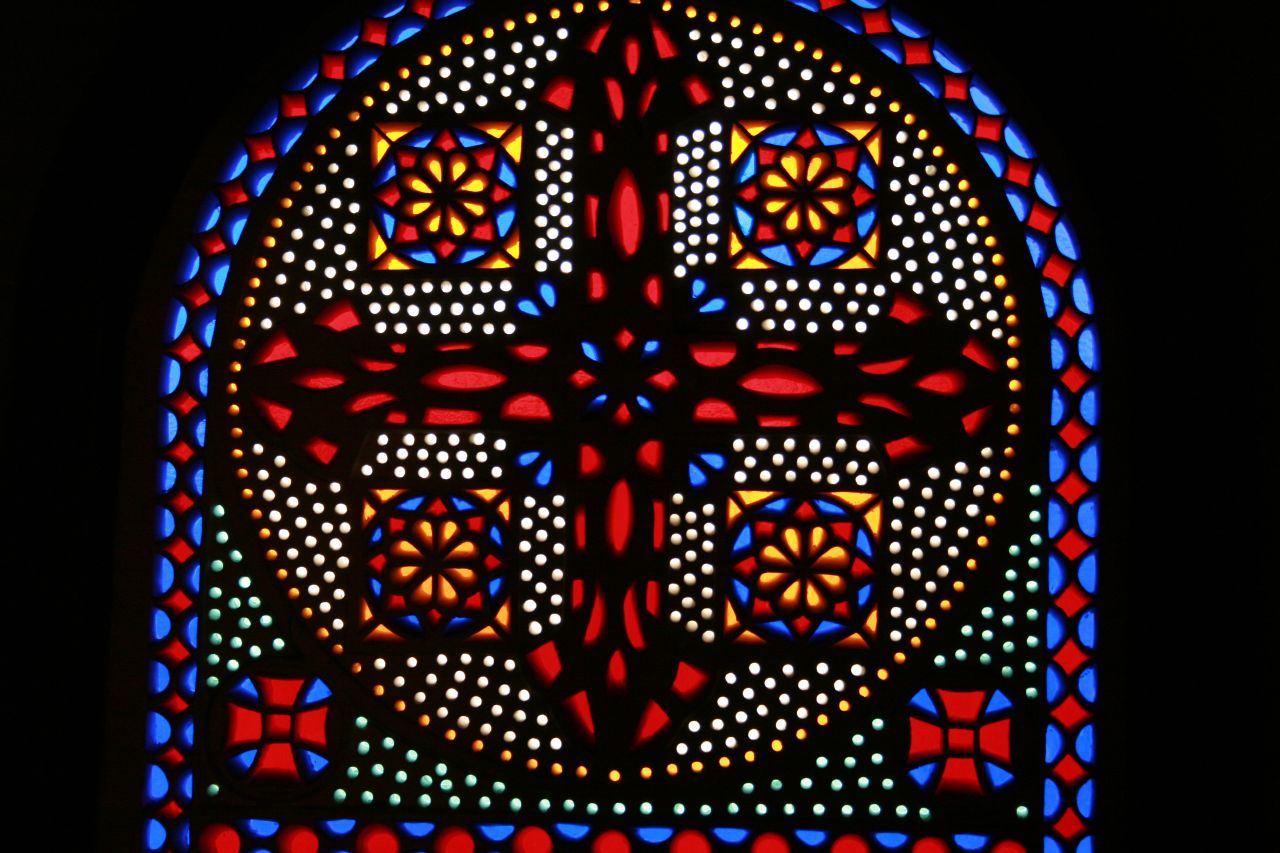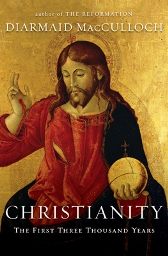
Christianity: The First Three Thousand Years
by Diarmaid MacCulloch
-Reviewed by Ralph Walter
 On first glance Christianity doesn’t look entirely promising. It’s a companion book to a television series – so one expects lots of pictures. The subtitle – “The First Three Thousand Years – suggests that the last third of the book is a millenarian rant on the rapture.
On first glance Christianity doesn’t look entirely promising. It’s a companion book to a television series – so one expects lots of pictures. The subtitle – “The First Three Thousand Years – suggests that the last third of the book is a millenarian rant on the rapture.
But Christianity is a tome of over one thousand pages of dense but highly readable text. It starts with two rich chapters on Christianity’s debt to ancient Jewish and Greek cultures – David and Homer, Elijah and Plato are critical to the nature of the world’s largest religion. And the author is Oxford don Diarmaid MacCulloch, who wrote the definitive biography of Thomas Cranmer and the standard one-volume history of the reformation, both winners of numerous prizes. MacCulloch has provided an approachable, broad, and intelligently critical history of the faith started by a political murder in an obscure province of the Roman Empire.
After discussing the twin intellectual pillars of Christianity, MacCulloch moves to the four-hundred-year period when Christianity went from an heretical Jewish sect to the state religion of the Roman Empire. The church coalesced around two key concepts: the dual nature of Jesus Christ as fully man and fully God, and God as three personae in one substance, the Trinity. From here, MacCulloch follows Christianity as it spreads around the world. He travels up the Nile to Egypt and Ethiopia – a little-known story – and across the silk route into China, even less well-understood. He follows the rise of the Latin church and the concentration of power in the see of Rome, the familiar ground of barbarian conversion, crusading, and scholasticism, focusing as much on politics as on theology. He takes us to through the Orthodox church’s move from Constantinople to Moscow, fully exploring the richness of Eastern spirituality.
Finally he turns to the West for the great Protestant revolt, fueled by the Renaissance and leading to the Enlightenment. The last section follows Western churches’ worldwide expansion, contrasting the challenges of the church with the Western world’s scientific and economic hegemony. The rise of the secular and the failure of Christianity’s response is highlighted by MacCulloch’s argument in two sections tellingly titled “A War That Killed Christianity 1914-1918” and “The Second Vatican Council: Half a Revolution.”
MacCulloch’s style is readable with a bit of a British smirk, as the subchapter titles above show. The last chapter, covering his and the reviewer’s lifetime, is the weakest, as is often the case when massive narratives end in the contemporary. It is also this chapter where MacCulloch’s liberal protestant background shows most strongly. Any book on religion should have a warning label: If the reader is a committed evangelical or traditional Roman Catholic – that is, a believer of Biblical inerrancy or Papal infallibility, respectively – he could be put off by MacCulloch’s appropriate mainline academic approach.
And despite a few small errors, Christianity is still a magnificent effort that synthesizes the complicated spiritual, mystical, political, economic, and physiological aspects of the religion. It is a solid, comprehensive introduction that more importantly provides perspective for any active or lapsed believer. For that matter, any follower of another religious tradition or no tradition can gain a useful understanding of what has been – for good and evil – the most important force for the last seventeen hundred years. Since Constantine had a vision of the cross of light under which he would conquer, all Westerners have had to react to the strange, unwritten message of a Jewish peasant who was nailed to a tree.
Ralph Walter is a member of the Zócalo board of directors and a lay Episcopal minister.
*Photo of a Cairo church window courtesy JaxinCPT.




Send A Letter To the Editors